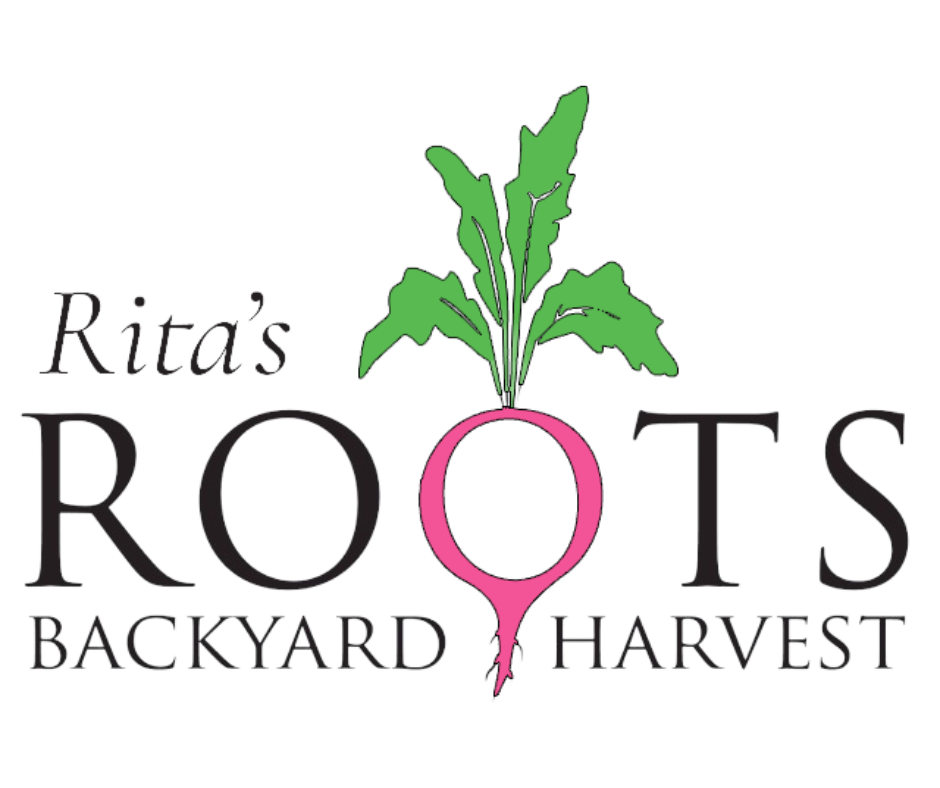How to Properly Store Seeds
One question we get regularly around this time is, how can I best store my seeds from year to year?
Here’s the super quick Cliffs Notes answer:
Seeds can be stored in a variety of containers as long as they are kept cool and dry.
Extreme heat (hello, summertime!) will cause them to lose viability-- their ability to germinate. On the other hand, moisture will cause mold and in some cases premature germination (this can be an issue in our wetter winter months).
Now, let’s get into some detail on your best options!!
✅ Since we’re prone to extreme humidity in our climate, it’s best to store seeds indoors in a climate controlled space
At the Rita’s Roots nursery we keep our seeds in file boxes —in alphabetical order by the common species name— and in a cool, dark, dry area indoors. PRO TIP: if you have seeds in a larger container as we do, you might consider adding a moisture absorbing pack to the box.
✅ You can also create a seed binder for organization for a home-garden-size amount of seeds
This is a simple solution using a three ring binder with plastic sleeves created for clipping coupons to hold the seed packs. Check out this DIY version of a seed storage binder here.
GARDEN HACK: Another highly organized storage method is using a plastic container designed for photo storage (pictured above). The seed packs fit perfectly in the plastic containers and you can easily slip a small moisture absorbing pack in between the rows!
✅ BEWARE!! You often hear of storing seeds in the refrigerator or the freezer…
However, we’ve noticed over the years that when taking packs from the cold air to the warm air, condensation can form on the pack and even on the seeds.
We recommend the cold storage method only for small amounts of seeds that will be used up entirely when removed from the fridge or freezer! Moving them in and out can encourage mold to grow or premature germination
✅ Remember: all seed varieties are a bit different in how long you can keep them from year to year
Some seeds must be used the first year (such as parsnips and parsley) but others can be kept for years such (lettuces and radishes). Check out this chart on seed viability to see if your seeds are still in the viable range.
It’s always a good idea when receiving a new shipment of seeds to make sure that the packs have the date of receipt on them!

